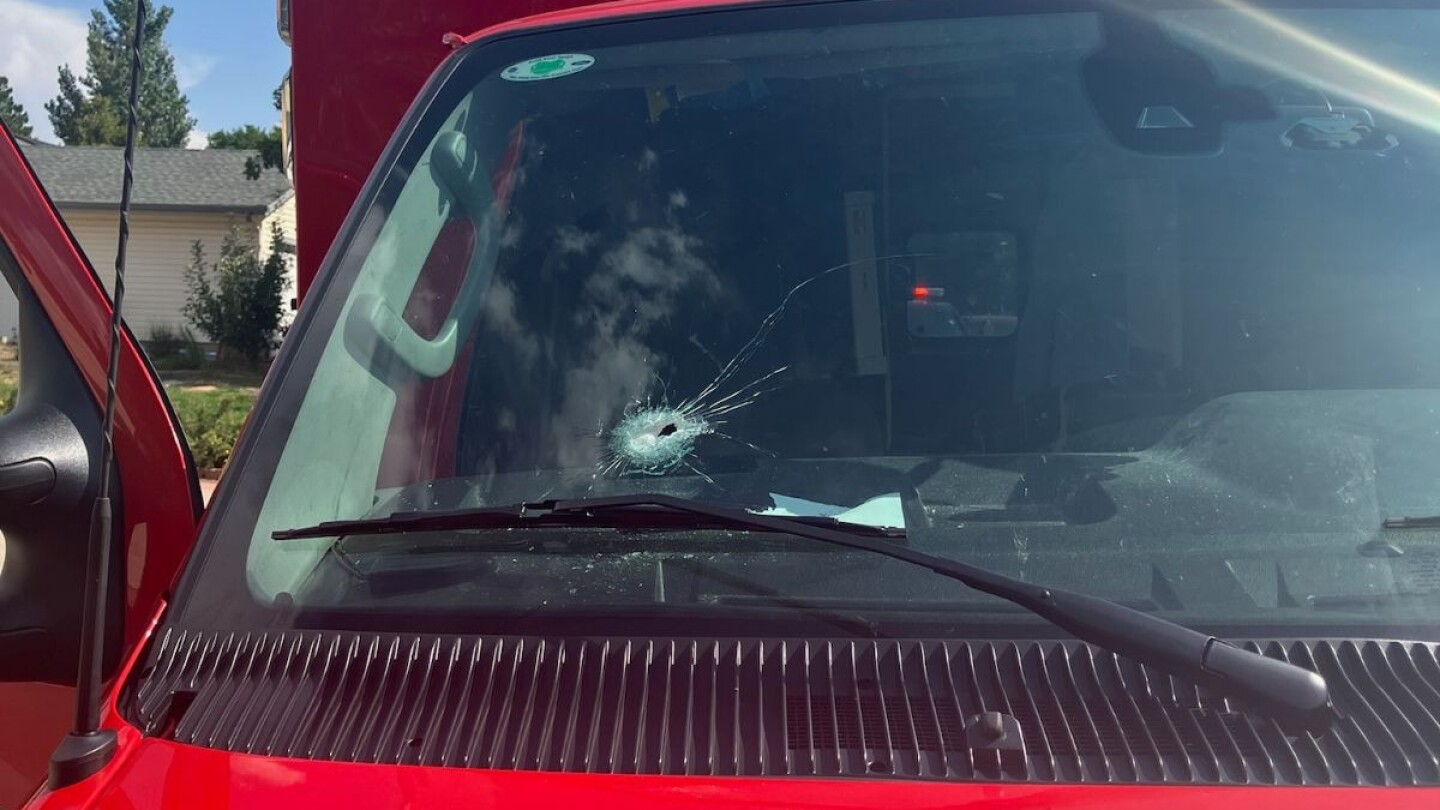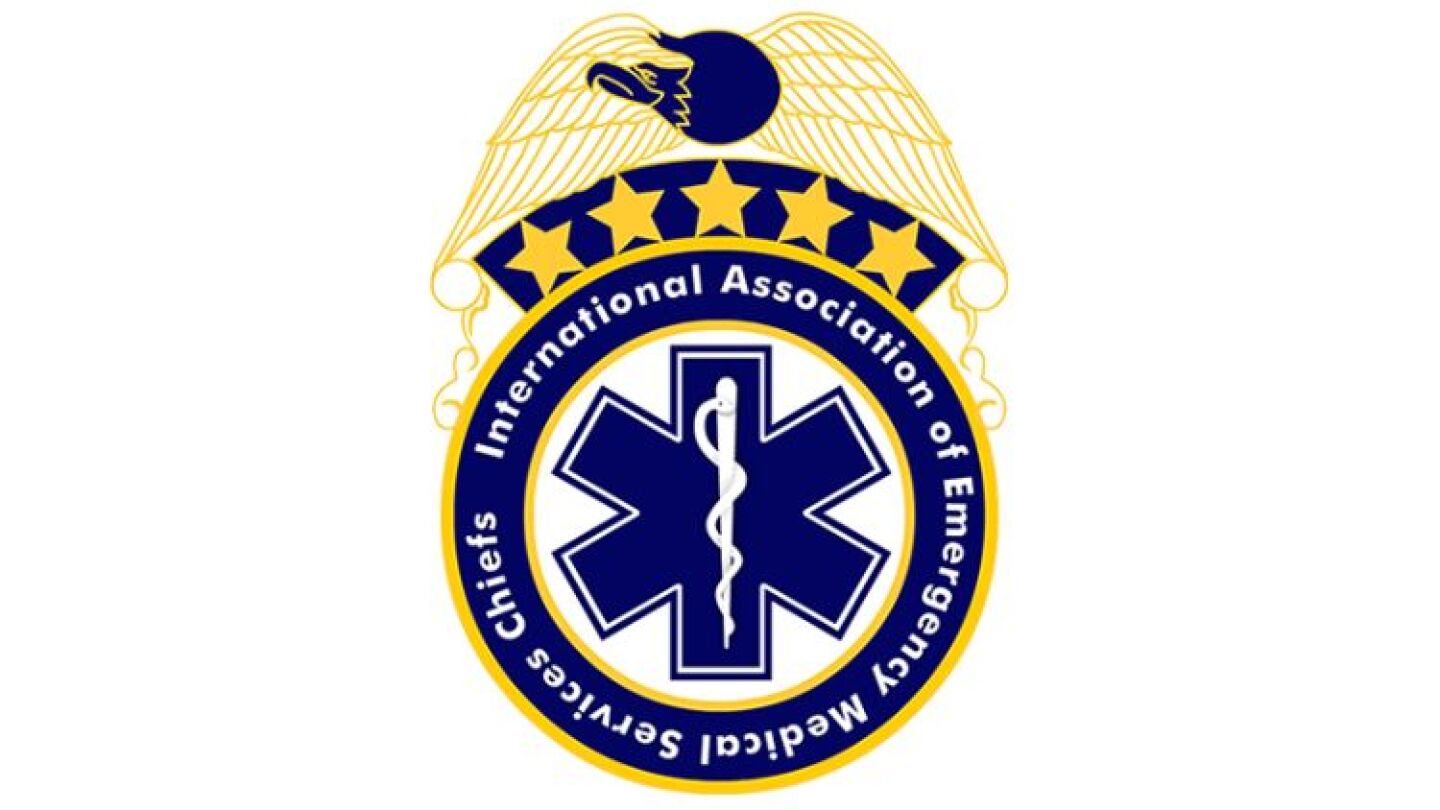A growing body of research is making it clear how frequently EMS providers are assaulted on the job, and industry leaders agree the already concerning numbers are underreported. This series breaks down the research regarding violence against EMS providers and offers strategies for recognizing and defusing dangerous encounters, as well as how to equip first responders with protective gear and technology to keep them safe on the streets.
This phrase has an amazing ability to get people in the middle of an angry rant to stop, listen, and reframe their argument
As a leader, you have a responsibility to calm the turbulence
Learn how ATCEMS identified EMS training goals and implemented an assault reporting function to protect providers from violence
Catholic Health is increasing security at Mercy Hospital Buffalo after a patient shot himself, adding a second armed guard for 24/7 emergency department protection
After being removed from the building, the man punched one Paterson firefighter/EMT, kneed another and fled the scene
Nearly 75% of nonfatal private sector attacks in 2021 and 2022 were directed at healthcare and social assistance workers at a rate more than five times the national average
The wives and families of Burnsville Firefighter/Paramedic Adam Finseth, Officer Paul Elmstrand and Officer Matt Ruge share how difficult the losses have been since their husbands were killed in the line of duty
Burnsville officials are inviting the community to show their respects on the one-year anniversary of a fatal ambush that killed two police officers and a firefighter/paramedic
A Honolulu EMT and paramedic were kicked and punched by the patient during a call on New Year鈥檚 Eve
A man was sentenced to nine months after video showed him walking up to a Hennepin County medic and throwing a piece of concrete at her face
Violence against EMS personnel has led to a policy about checking and securing weapons before transport
While Aurora Fire Rescue attempted to extinguish a house fire, a man ran out with a gun and immediately fired upon a responding Falck Rocky Mountain ambulance
Suspect is accused of stabbing an EMT multiple times in 2019 during a wellness check transport
EMT Julia Fatum said she鈥檚 speaking about her attack to fight for better protections for first responders and call for an increase in penalties for assaults
The number of assaults on EMS personnel was more than double in 2021 and BWCs are being seen as a means to dissuade attacks
The killing of three first responders in Burnsville highlights the unacceptable level of danger EMS providers face
According to the affidavit, the EMT said Gabriel Trujillo raped her while she was napping in the back of their ambulance
Megan Lynn Pettit was charged with second-degree assault of a Cumberland ambulance crew
Learn 7 escalation phrases to avoid, plus alternative phrases to help defuse confrontational moments with patients or bystanders
Find out how body-worn camera video can boost patient care documentation, provider safety and more
Implementing body-worn cameras and body armor to support EMS safety strategy
NAEMT鈥檚 National Survey of Violence Against EMS Practitioners identifies training gaps in EMS safety
Wren Nealy Jr., Cypress Creek EMS chief operating officer, relates how BWCs have contributed to personnel safety, QA/QI
These videos demonstrate how to predict scene safety, handle violent patient outbursts and maintain a safe scene on each call
Our co-hosts are joined by Austin Travis County EMS (ATCEMS) Chief to discuss staggering survey results about the prevalence of violence in EMS
The alert encourages personnel to postpone non-emergency tasks and focus on safety and survival training, as well as the loss of fellow first responders
Firefighters and EMTs learn a situational awareness process and complexities to maintaining and acting on situational awareness
Prepare for behavioral emergencies by understanding pathophysiology, personal protection, patient handling and restraint techniques, and the importance of documentation
MOST POPULAR
- Colo. paramedics dodge bullet after man shoots at ambulance, allegedly starts house fire
- 鈥業 thought I was going to die': NYC EMT stabbed by patient in ambulance recalls terrifying incident
- Implementing a training program to prevent EMS assaults
- What to look for during a weapon search
- Mastering 鈥榲erbal judo鈥�: How first responders can employ de-escalation techniques





























